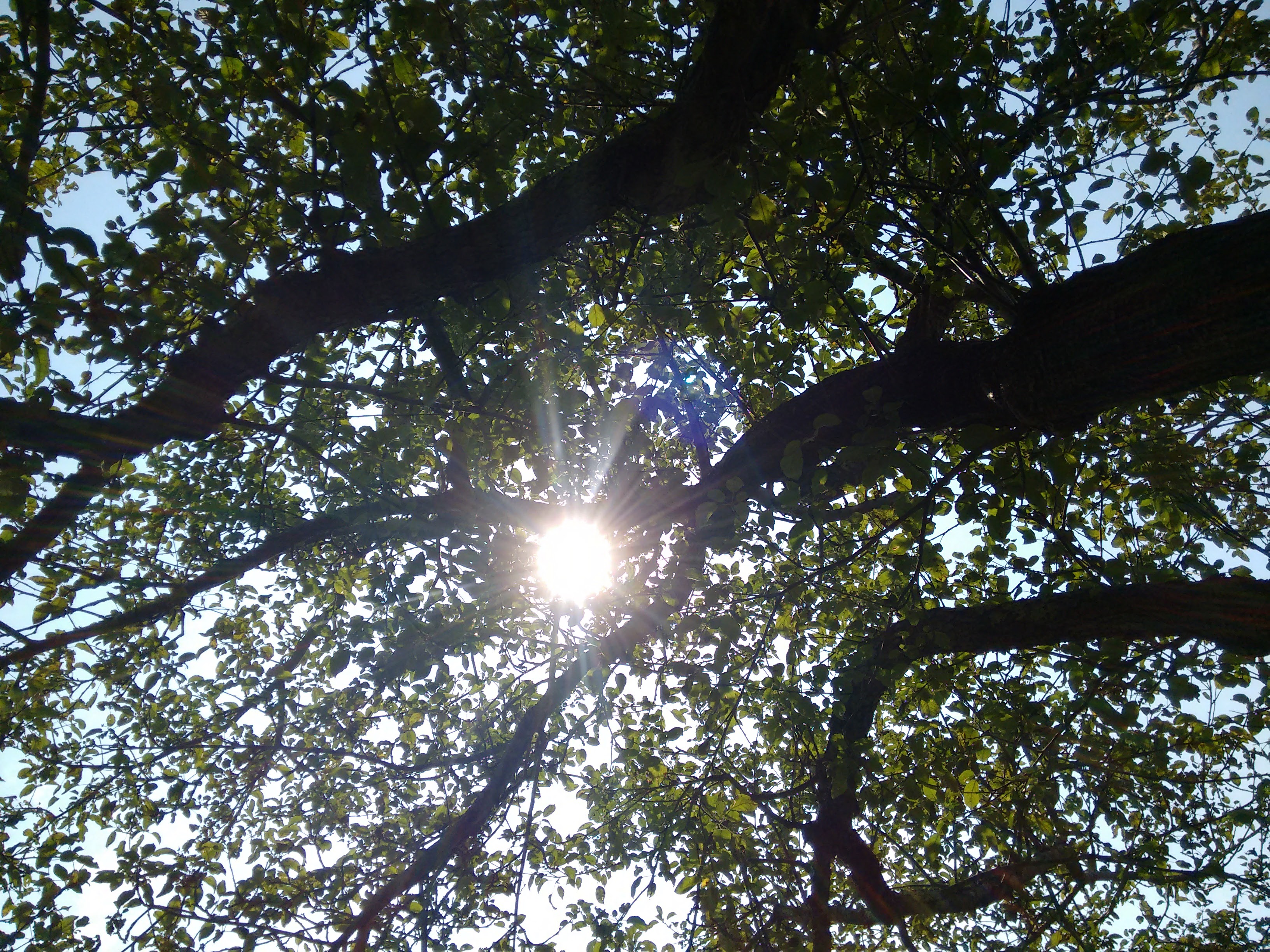
the physics and mathematics of
sustainable energy
a class at college of the atlantic
Course Goals
To have constructive conversations about the world's energy options, one needs to take a calm look at the numbers.... If the world is to move to a sustainable energy future, one that also limits the risk of global warming, each country will need to work out its own post-fossil-fuel energy plan. And the numbers will have to add up.... Countries [and states, towns, colleges, and individuals] that claim to be serious about creating an alternative energy future need to choose a plan, stop arguing and get building.
David J.C. MacKay, FRS (2009)
Physics and Math of Sustainable Energy: Official Course Description
In this course students will learn content and skills so that they can
participate effectively in sustainable energy projects, make personal
and community decisions that reduce carbon emissions, and work in
ventures in sustainable energy. Additionally, this course will be
useful for those interested in energy and climate policy, either
internationally or domestically. We will begin with a quick overview
of current CO2 emissions levels and look at how this is related to
energy use. We will then turn our attention to basic ideas from
physics, including the definition of energy and the difference between
energy and power. The bulk of the course will consist of a survey of
different forms of energy consumption and generation. Throughout, we
will quantitatively analyze technology from both a local and global
point of view. For example, we will calculate how much electricity one
can generate on a rooftop, and we will also examine the role that
solar PV could play toward the goal of eliminating fossil fuel use
worldwide. In a unit on financial mathematics, students will learn
about the time value of money and several ways of quantifying
investments, including ROI (return on investment) and IRR (internal
rate of return). Students will apply these financial tools in several
short case studies. If time permits, we may also cover negative
emissions technologies and the electrical grid, including grid
stability issues and the potential of smart-grid technology. This will
be a demanding, introductory, class.
Evaluation will be based on weekly problem sets.
Level: Introductory Prerequisites: None
Meets the following degree requirements: QR ES
The building in which we gather for this class, and all of College of the Atlantic, is located on traditional lands of the Wabanaki people. The four Native American tribes in Maine today are the Maliseet, Micmac, Penobscot, and Passamaquoddy, collectively referred to as the Wabanaki. Although largely a technical class, we will touch upon questions of energy colonialism and imperialism. I believe it is important to acknowledge that our presence on this land entangles us in the web of colonialism, past and present. The future, however, is still unwritten.
In this class we will learn about non-fossil fuel sources of energy. Transitioning to a fossil fuel free society is essential to avoid catastrophic climate change. College of the Atlantic, and by extention all of us, historically and presently benefit from energy provided by inexpensive fossil fuel sources. Again, we are entangled with the system that we seek to replace.